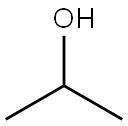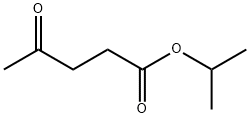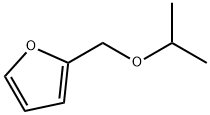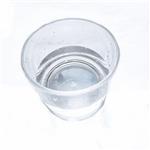Chemical Properties
α-Angelica lactone has a sweet, herbaceous odor reminiscent of tobacco.
Chemical Properties
clear colorless to straw yellow liquid
Occurrence
Reported found in grape, white bread, soy bean and licorice.
Uses
alpha-Angelicalactone acts as acancer chemopreventive agent. It is used in the synthesis of glutathione and the activity of glutathione-S-transferase and UDP-glucunonosyltransferase detoxification enzymes in esophagus, stomach, intestine, and liver. It is used in oral care formulations to round out mint notes and in coffee flavors.
Preparation
By dry distillation of levulinic acid
Application
alpha-Angelica lactone finds occasional use in the
reconstitution of essential oils. lts intensely
sweet-herbaceous, almost tobacco-like odor
makes this chemical interesting for application
in new fragrance types. However, it would be
wise to investigate its pharmacological and
dermatological properties first.
Definition
ChEBI: Alpha-angelica lactone is an angelica lactone and a butenolide. It is functionally related to a but-3-en-4-olide. It is a tautomer of a beta-angelica lactone.
Taste threshold values
Taste characteristics at 100 ppm: sweet, creamy, coconut, vanilla hay and coumarin-like nuances
General Description
α-Angelica lactone, a cyclic lactone that occurs naturally in tobacco, is generally used in tobacco flavoring.
Biochem/physiol Actions
Plant-derived cancer chemopreventive agent. Increases the synthesis of glutathione and the activity of glutathione-S-transferase and UDP-glucunonosyltransferase detoxification enzymes in esophagus, stomach, intestine, and liver.
Safety Profile
Moderately toxic by ingestion andintraperitoneal routes. When heated to decomposition itemits acrid smoke and irritating fumes.








